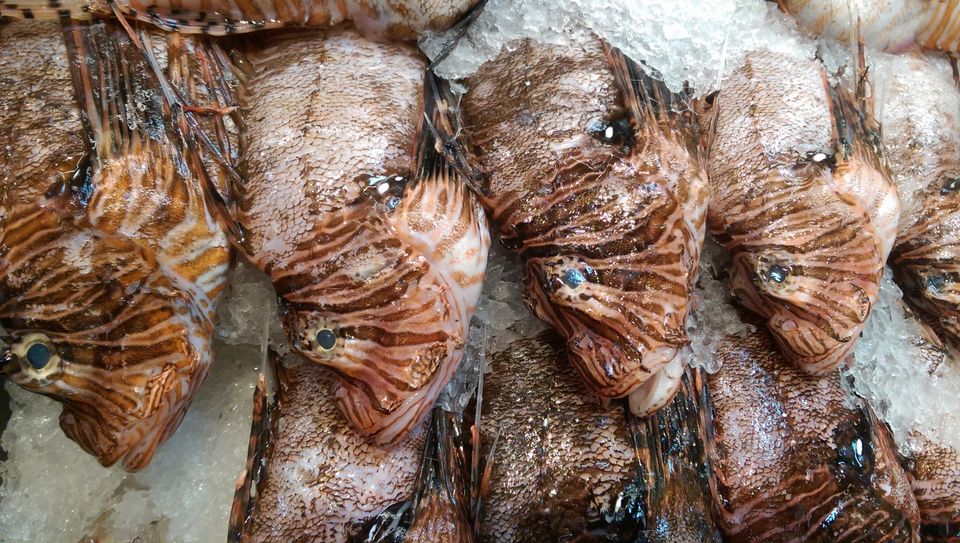Consume This (Way)
By Hari Pulapaka, PhD, WCMC, CEC
February 16, 2022
We may squirm at the label, but we are consumers. We consume for sustenance, greed, and everything in between. The advocacy movement for a better food system has been knocking on the doors of change for a very long time, but in recent times, there seems to be a burgeoning nucleus driven by hints of institutional buy-in. As consumers of food, we are theoretically equipped with the power to solve many of the problems we may have helped cause by our nature of demands over time.
Consider the following as a way to re-imagine the word CONSUME, a self-contained moniker for direction and action to help us adapt our consumption habits for a better food system for all. After all, be the change you would like to see in the world couldn’t be more germane than it is today.





